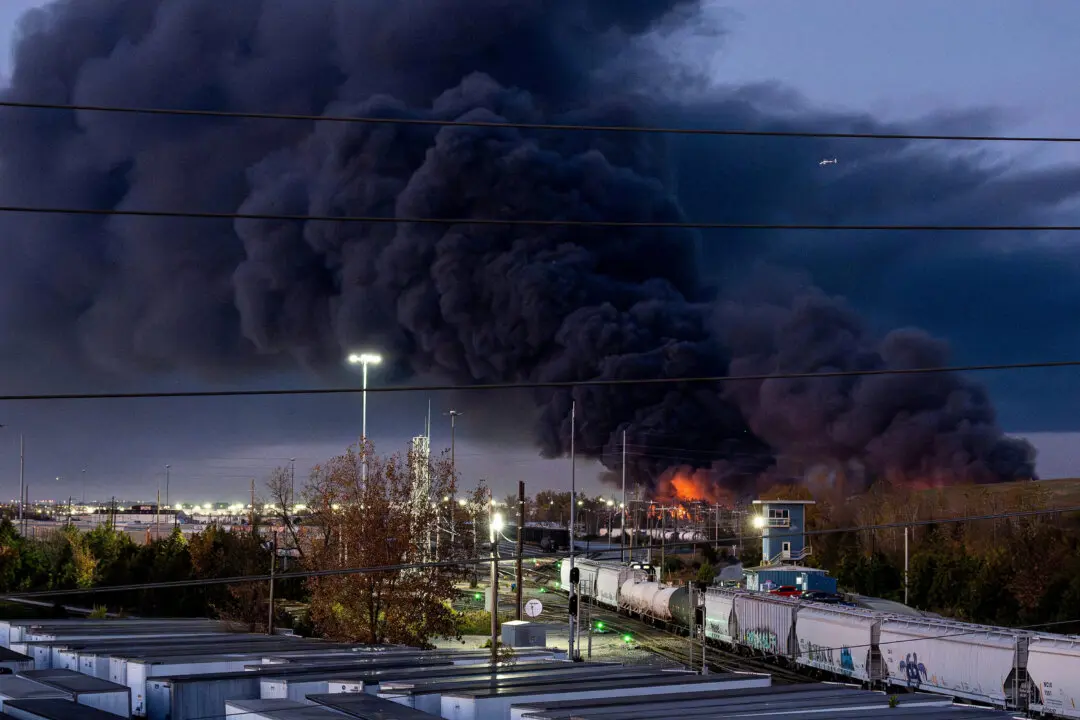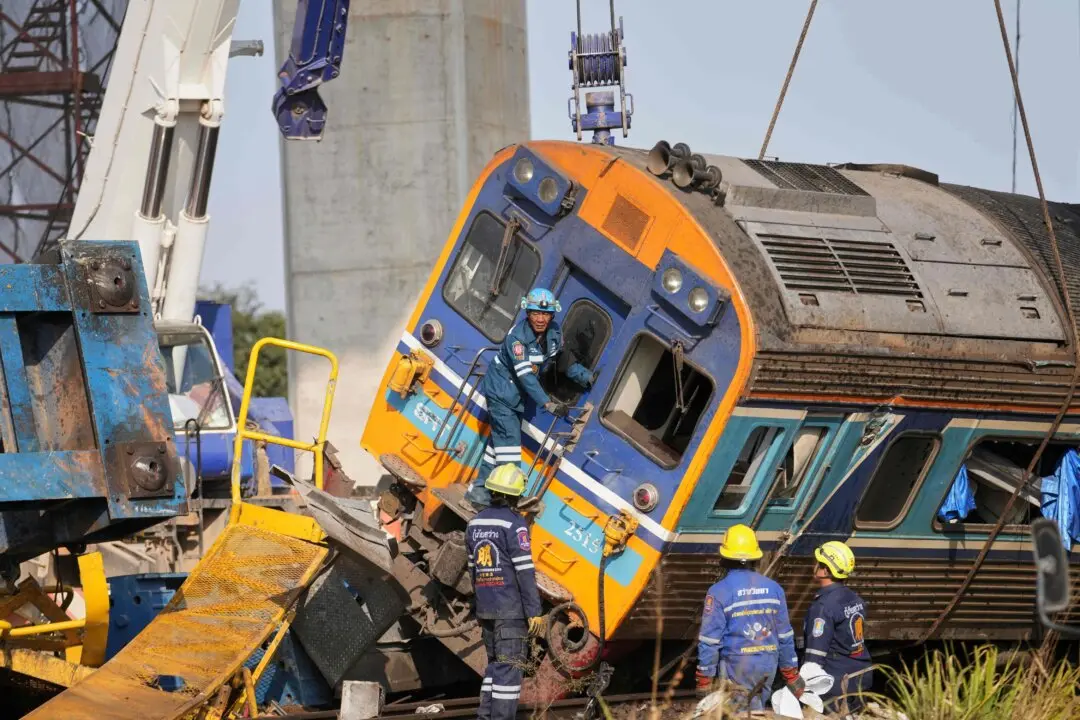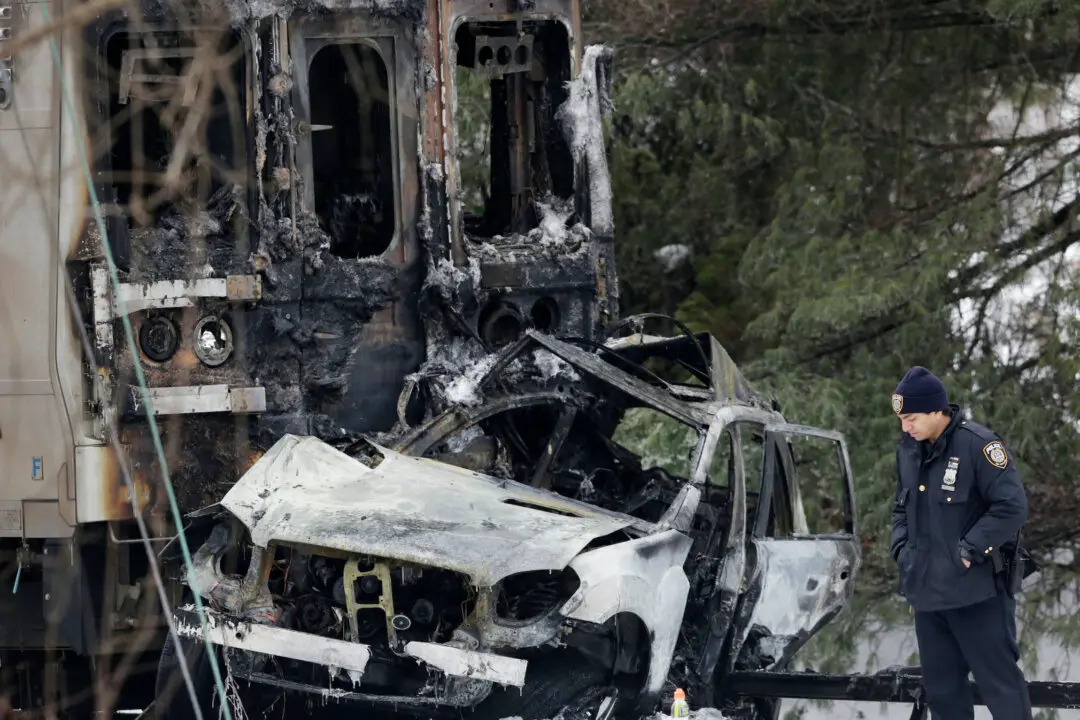HAVANA—As a mass number of migrants flee Haiti, the Dominican Republic—its island neighbor—has responded with stronger border policies and a military buildup the government claims will “guarantee border security.”
On Sunday, Dominican President Luis Abinader announced the country’s biggest purchase of military gear since 1961–six helicopters, ten aircraft, 21 armored vehicles, and four anti-riot trucks.





